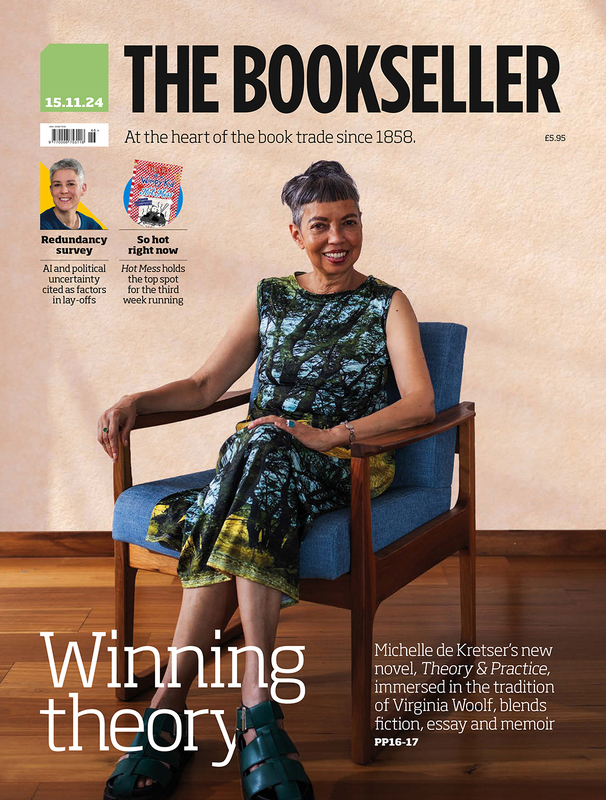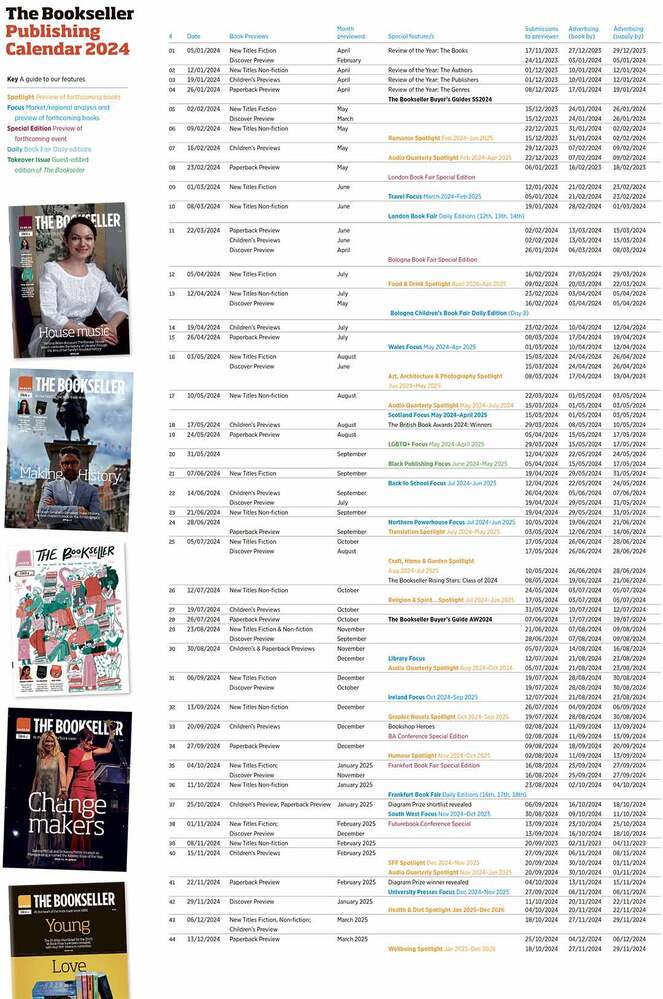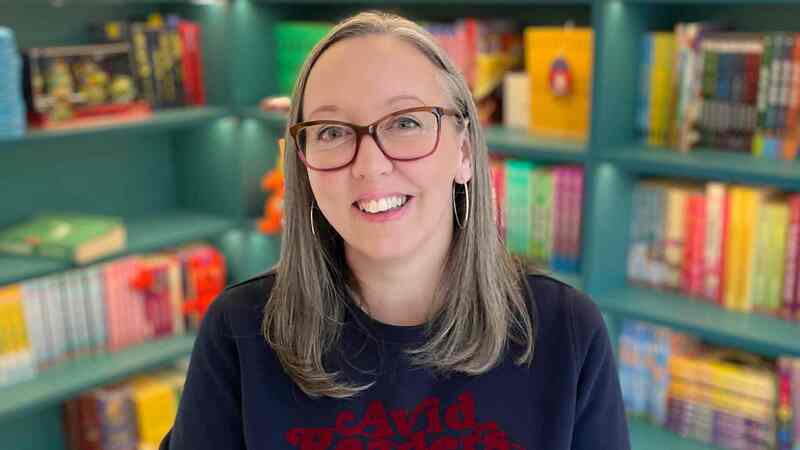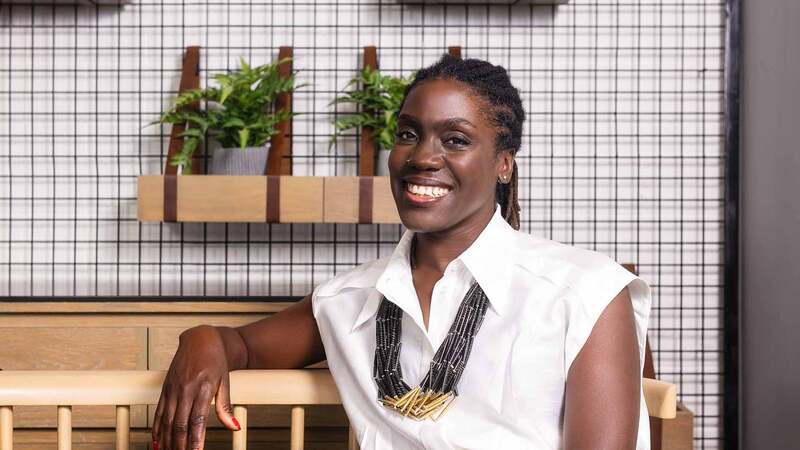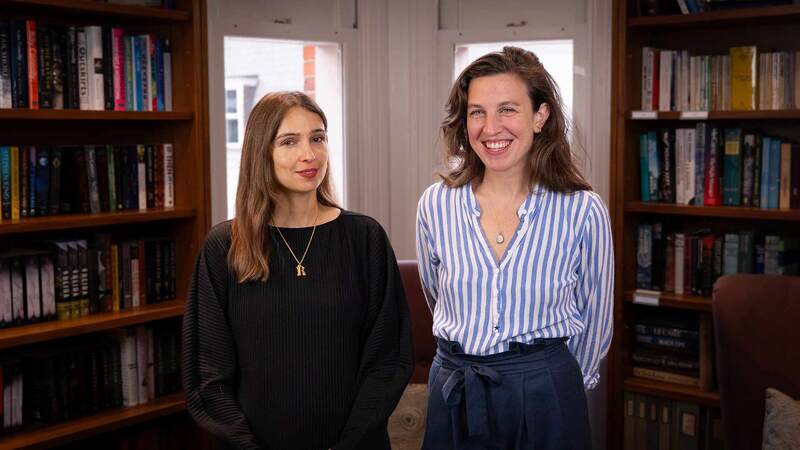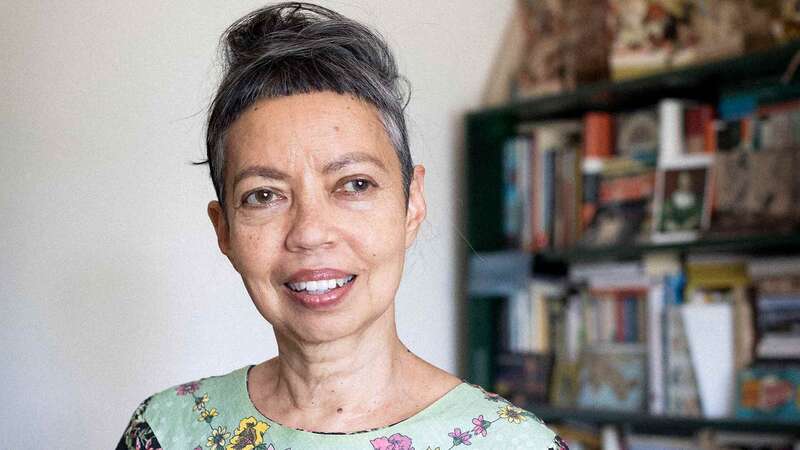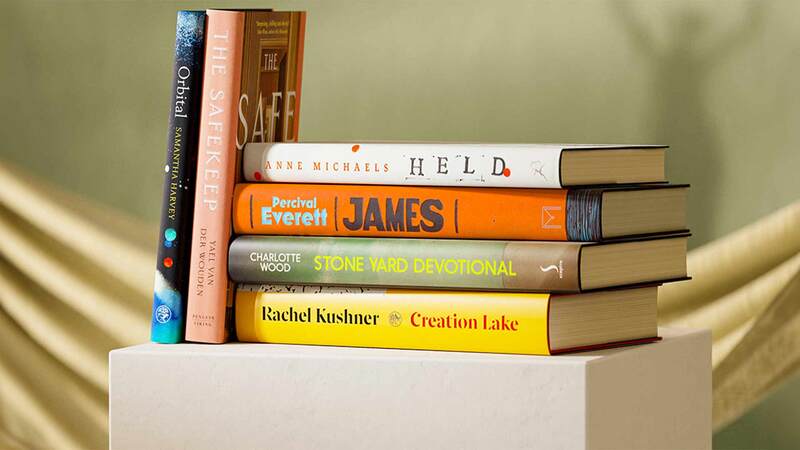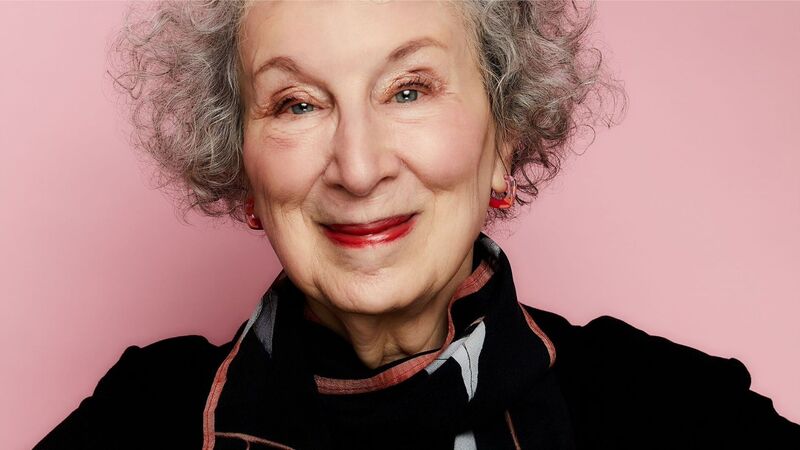You are viewing your 1 free article this month. Login to read more articles.
Christopher Lloyd | 'Today’s children are the executives of tomorrow'
What on Earth Books’ Christopher Lloyd has gathered illustrators from around the world for a vibrant call-to-arms for children
With the health of nature, people and planet at its heart, the Terra Carta is a roadmap to sustainability, launched in January 2021 by HRH The Prince of Wales and his Sustainable Markets Initiative. While aimed primarily at businesses, it immediately attracted the attention of Christopher Lloyd, co-founder of children’s non-fiction publisher What on Earth Books.
Back in 2015, Lloyd published a book called The Magna Carta Chronicle to mark the 800th anniversary of that landmark charter. “As soon as I read about the Terra Carta initiative, I thought: ‘There’s a huge opportunity to try and tell the story of this new charter in a way that will appeal to younger people and potentially have an even greater impact, because today’s children are the executives of tomorrow.’” Lloyd also realised that the ideal time to publish such a book would be to coincide with COP26 in November 2021. So through an existing contact, he managed to set up a prompt meeting with Clarence House, and as a result of his presentation, the project was given the green light in partnership with The Prince’s Foundation. And thus, It’s Up to Us: A Children’s Terra Carta for Nature, People and Planet was born, a book which takes children on a colourful and thought-provoking voyage through the wonders of the planet, the threats we face and what we can do to change the situation.
By this time it was mid-March and Lloyd was faced with the challenge of creating and producing a picture book in a matter of weeks. “There wasn’t enough time to commission a single illustrator, so we were forced by default to think, ‘Well, let’s get a whole range of illustrators to contribute.’ And the more we thought about it, the more wonderful the idea became because the whole point of the book is that no matter where you’re from, everybody is in this together.” So commissions went out to illustrators across the world while Lloyd worked to create a text that would both capture the spirit of the original Terra Carta and also appeal to children aged six years and over. “It was pure luck that the Terra Carta structure of nature, people and planet lent itself so well to crafting the simple and accessible narrative for the book,” says Lloyd.
The result is a triumph, both in terms of the poetically rendered text, and the emotional impact of the hugely contrasting illustration styles on display. Gunnella from Iceland has pictured an Icelandic family planting trees alongside the book’s foreword from the Prince of Wales (below left). Black Douglas, an Australian illustrator who is partly of Aboriginal heritage, has created a moving portrait of desertification, with trees shaped like the letter Y as if to say: why has it come to this? (below right)
Poonam Mistry from India has used a style reminiscent of embroidery to illustrate a passage which speaks of the preciousness of the air, the soil and the oceans, while a spread by UK author and illustrator Nick Hayes employs a style derived from old woodcuts to portray a diver under water, surrounded by plastic (below). “I think the power of the book comes from the fact that the illustrators are interpreting the subject through the lens of their own cultures and experience,” says Lloyd.
Held to account
Given the nature of the project, it was also of the utmost importance that the book was sustainably produced: it was printed in the UK with vegetable inks on revival paper in a way that also enabled measurement of the carbon emissions from the materials used. “We have a certificate from the World Land Trust to show that the carbon footprint was 280 grams per book, an impact that has now been offset, but more interestingly on the back of the book we show that 280 grams is the equivalent to producing five apples, a third of a glass of milk or a fifth of a plastic toothbrush,” explains Lloyd.
With the book set for publication on 1st November, funding has been secured from investment management firm Baillie Gifford for a copy to be given to every primary school in Scotland to mark COP26 in Glasgow. And plans for a travelling exhibition of the artwork from the book are well under way too, for which Lloyd is also interviewing each of the 33 illustrators about the things that inspired them to become an artist, the techniques they use and advice they would give to aspiring young artists.
QR codes underneath each artwork in the exhibition will enable visitors to access videos of the artists talking about their work. “The book’s cover illustrators are two Vietnamese colleagues who told me that when they were growing up, it was completely taboo for anyone to want to have a career in illustration, because they were expected to become doctors, or lawyers, or engineers. The fact that they have been able to make a career in illustration is potentially a shining role model for other children,” Lloyd tells me.
All in all, the experience of publishing It’s Up to Us has prompted Lloyd to consider how What On Earth Publishing itself might work to meet the Terra Carta pledges that also appear in the back of the book in their original form. “I’m thinking hard about every aspect of our business. Not just what books we do and what we print on and where the books are printed, but also how we can work as an organisation in a way that will minimise the impact we have, while also maximising demand from consumers.”
It’s Up to Us: A Children’s Terra Carta for Nature, People and Planet will be published by What on Earth Publishing on 1st November (9781913750558, £16.99)


